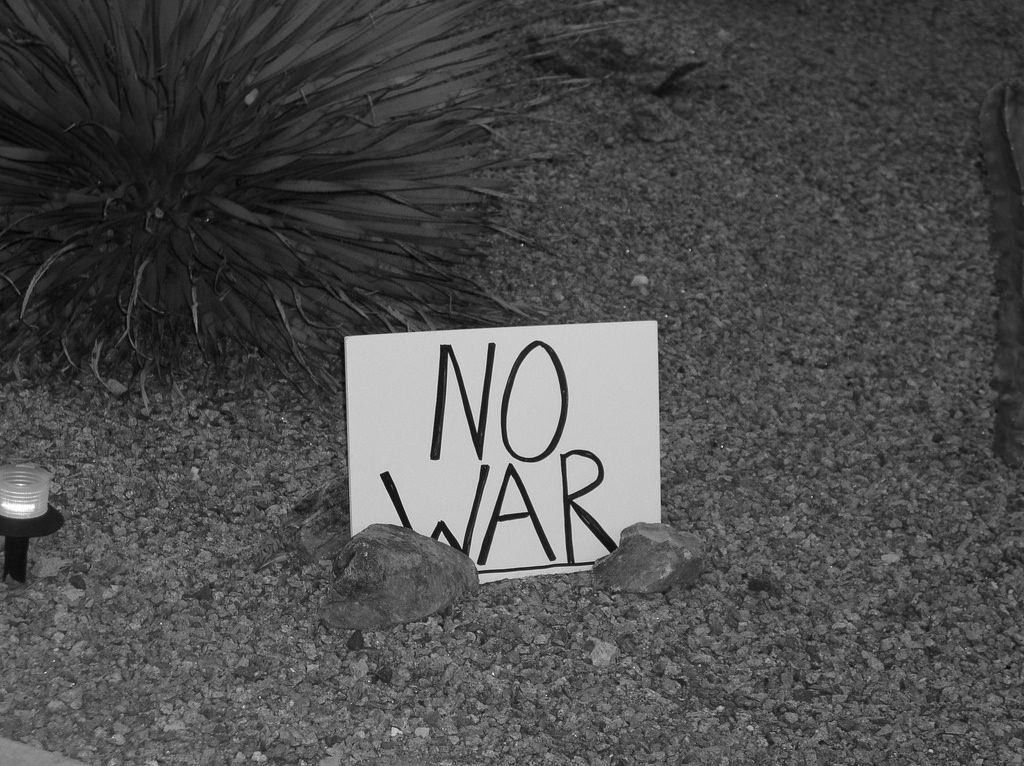With so many technologies available to us, it’s become easy to take fresh ideas and turn them into real, concrete projects. Oftentimes, these start as passion projects, which have a lot of personal investment from all the parties involved. These projects especially can elicit raw, powerful emotions that can put projects at risk. In the best cases, these endeavours can become soaring successes that revolutionize our day-to-day lives. But there can also be unintended fallout; friendships can dissolve, money might be spent recklessly, and businesses’ livelihoods can be compromised all in the name of the project. Passion and emotions are a natural part of projects that can really make the experience exponentially better or worse, but seldom do they get the attention and management they need.
Project management can be a stressful affair:
It’s a given that project management can be stressful. In some cases, just being part of the project team or one of its stakeholders is enough to bring a lot of stress. It can be easy to brush aside the threat of stress due to a project’s tight budget or short deadline, but these are indicators of potential risks that can’t be ignored. Risks and concerns that aren’t mitigated can lead to catastrophic events that affect more than just the project itself. It’s important for the project manager to have their finger on not just the project’s pulse, but the project team’s pulse, as well. By not assessing the state of the team, the project manager is consciously making the decision to let the project fall to potential danger.
What project management should be about:
There is no reason for a project to be unenjoyable. Sure, deadlines and scope changes can be sweat-inducing, but like all things, they can be managed. If you or anyone on your team finds themselves consistently unhappy while working on the project, then that points to something being inherently wrong. Although there can be a lot of emphasis on the successful delivery of a project, that is no excuse for a project to dissolve into a battlefield. Especially on a team or in a company where there are different organizational levels, there can be a perceived animosity that creates a feeling of “us vs. them”. What it comes down to is not who works under who, but communication. Everyone involved with the project needs to feel empowered to share their thoughts and opinions. It’s inevitable that some conversations are going to be difficult to have, but in order to move past any lingering animosity, everyone needs to be on the same page and have some level of understanding of each other. As the project manager, you can help create an environment that enables open communication amongst your team and allows you to explore new technologies, strategies, and processes.
In the End…
It’s a harsh reality that for any number of reasons, a project can fail without much notice. No one can predict the future, and when large-scale changes occur, sometimes there is no recovering from them even for the most prepared managers. However, there are risks that are entirely preventable as long as the work environment is protected and treated with the respect it needs. Sometimes teams learn to gel on their own, but more often than not, it takes work, patience, and a willing ear to get the team to a point where they are comfortable in their work environment and with each other.
Photo Credit: Kevin Dooley / No War / CC BY
